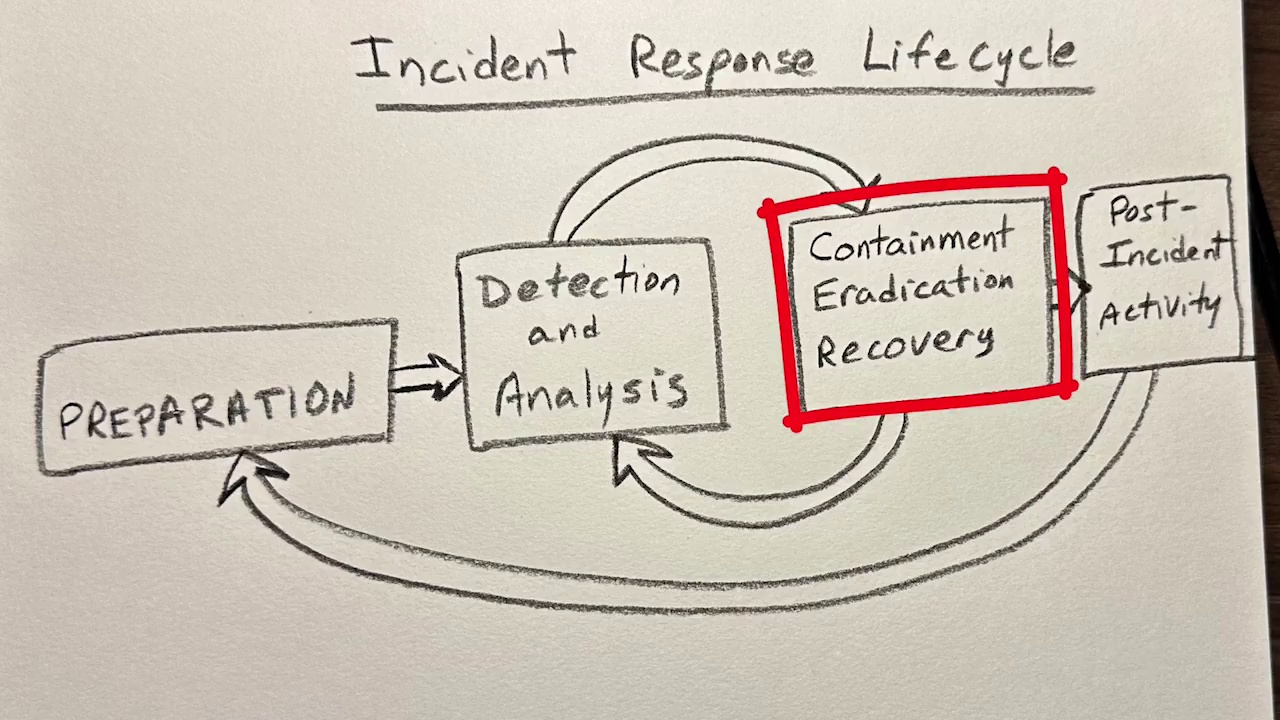001. Learning objectives
002. 13.1 Understanding Information Gathering and Vulnerability Identification
003. 13.2 Introducing Open Source Intelligence (OSINT) Techniques
004. 13.3 Performing DNS-based Passive Recon
005. 13.4 Identifying Cloud vs. Self-hosted Assets
006. 13.5 Introducing Shodan, Maltego, AMass, Recon-NG, and other Recon Tools
007. 13.6 Surveying Password Dumps, File Metadata, and Public Source-code Repositories
008. 13.7 Introduction to Google Hacking and Search Engine Reconnaissance

